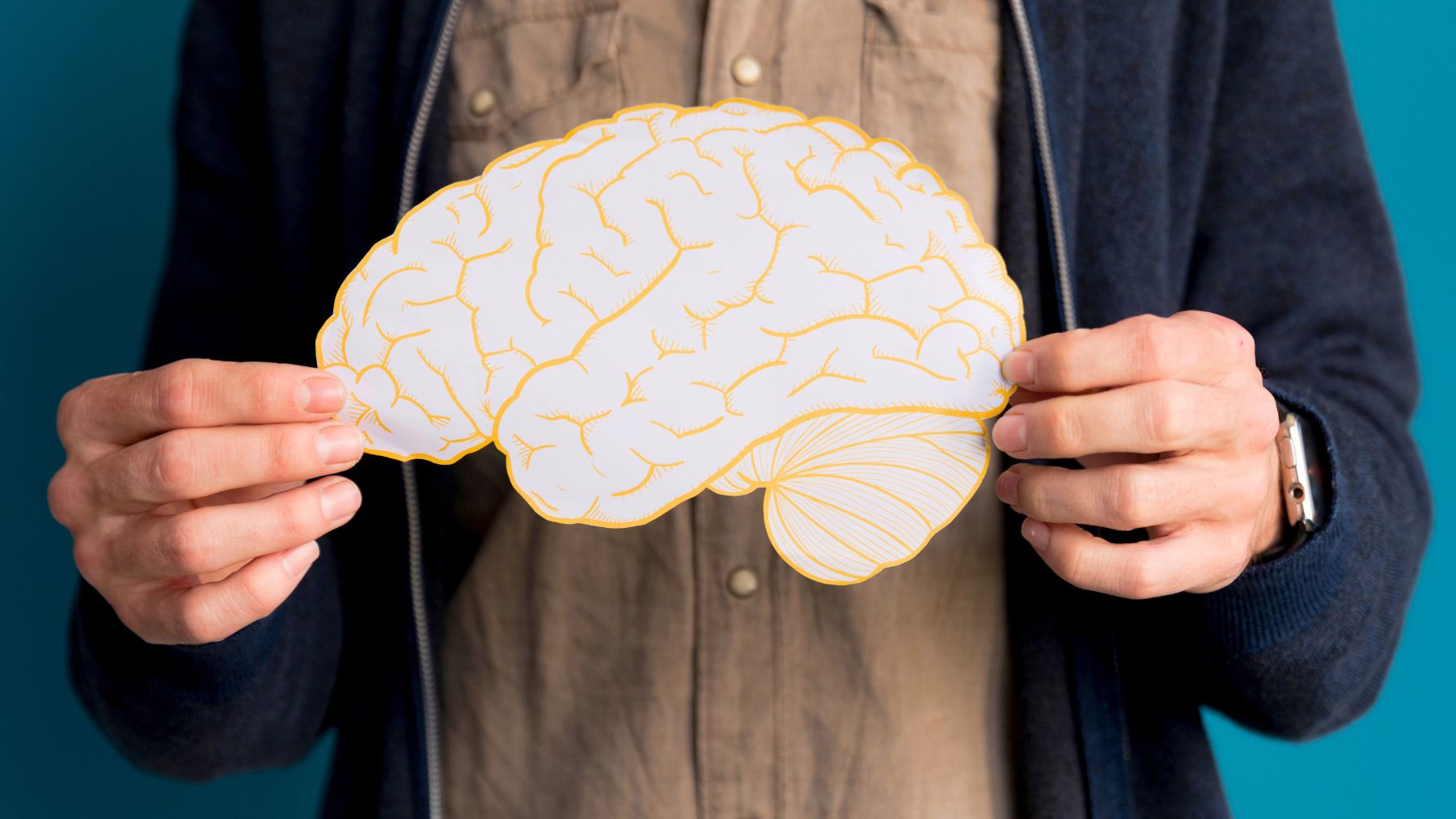For years, scientists believed that our brains slowly lose function as we grow older, but new research shows that’s not the full story. Some parts of the brain actually get stronger with age.
A team of neuroscientists found that certain layers of the cerebral cortex, the outer region of the brain responsible for processing touch, can thicken and stay active well into later life. Published in Nature Neuroscience, their study challenges long-held assumptions about aging and offers a hopeful view of how the human brain adapts and compensates over time. Here’s what the researchers discovered.
What the study found about brain health
The research team used ultra-high-resolution MRI scans—powerful enough to capture structures smaller than a grain of sand—to examine the brains of adults aged 21 to 80. They focused on the primary somatosensory cortex, a region that processes touch and helps us navigate the physical world. Every time you hold a key, type on a keyboard, or reach for a doorknob, this part of your brain lights up.
According to lead neuroscientist Dr. Esther Kühn, this region doesn’t age uniformly. “Although the cerebral cortex becomes thinner overall, some of its layers remain stable or, surprisingly, are even thicker with age“, she explains. These layers appear to retain their function because they’re constantly stimulated by sensory input.
The researchers found that while the deeper layers of the cortex tend to shrink with age, the middle and upper layers resist that decline. The middle layer, which acts as a gateway for sensory information, stayed particularly robust in people who stayed physically engaged and mentally active. In some participants, these layers were even thicker than in younger adults, suggesting that continued use helps preserve or strengthen them.
The lower layers of the cortex, which help fine-tune attention and filter sensory input, did show signs of thinning. Even there, the brain showed signs of self-repair. These deeper layers increased their myelin content—a fatty substance that helps nerve signals travel faster—possibly as a compensatory mechanism to offset age-related loss. Similar effects were confirmed in studies on mice.
How to keep your brain adaptable
The findings support a growing body of evidence that how we use our brains can influence how they age. Staying mentally and physically engaged helps stimulate the neural layers that remain most active throughout life. Here are some ways to support brain plasticity as you get older:
- Stay physically active. Regular movement—especially activities that require coordination, like walking, dancing, or yoga—stimulates the sensory and motor regions of the brain.
- Engage your sense of touch. Activities like cooking, playing an instrument, or gardening help keep the somatosensory cortex active.
- Challenge your mind. Learning new skills, solving puzzles, or picking up a new language keeps neural circuits flexible and promotes new connections.
- Maintain social connections. Interacting with others supports multiple brain regions, including those linked to memory and attention.
- Get enough rest. Sleep plays a major role in repairing neural tissue and consolidating learning.
- Eat for brain health. Diets rich in omega-3 fatty acids, antioxidants, and whole foods support nerve function and reduce inflammation.
As Dr. Kühn notes, the research offers “an optimistic notion that we can influence our aging process to a certain degree“. The brain’s ability to adapt doesn’t vanish with time—it simply needs the right stimulation. Keeping your mind and body engaged may not stop aging, but it can help your brain stay stronger, longer.

